Introduction of beans, winner of wbc World Coffee Competition, Flavor characteristics of Sidra Coffee from Colombia

As a coffee lover, have you ever noticed a popular "minority" variety "Xizao" when you were in the village of beans recently? In this article, in front of the street, let's talk about the "minority" variety of Xizao and see what kind of story it has.
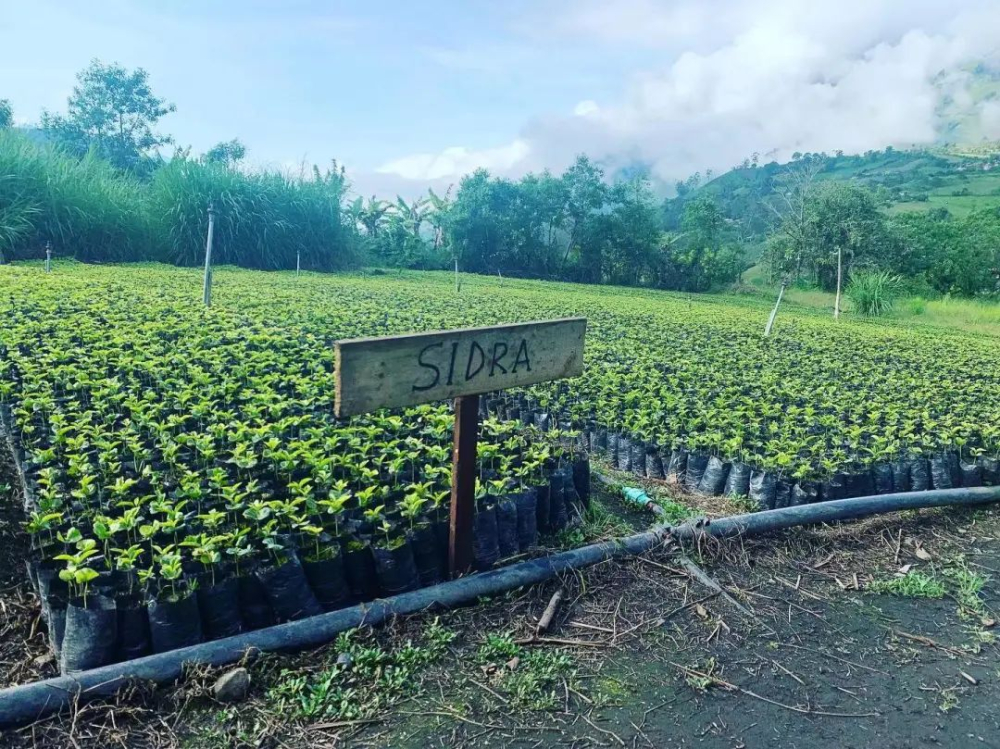
The "highlight moment" of Hope claw
The reason why Hope claw can rise to fame is largely due to the two world baristas champions who "endorse" it.
South Korea's Jooyeon Jeon, winner of the 2019 World Barista Competition (WBC), has his choice of beans from the Colombian Palm and Big Bird Manor (La Palma y El Tucan). On the same stage, the third runner-up Cole Torode also chose the Hope claw batch of the estate.
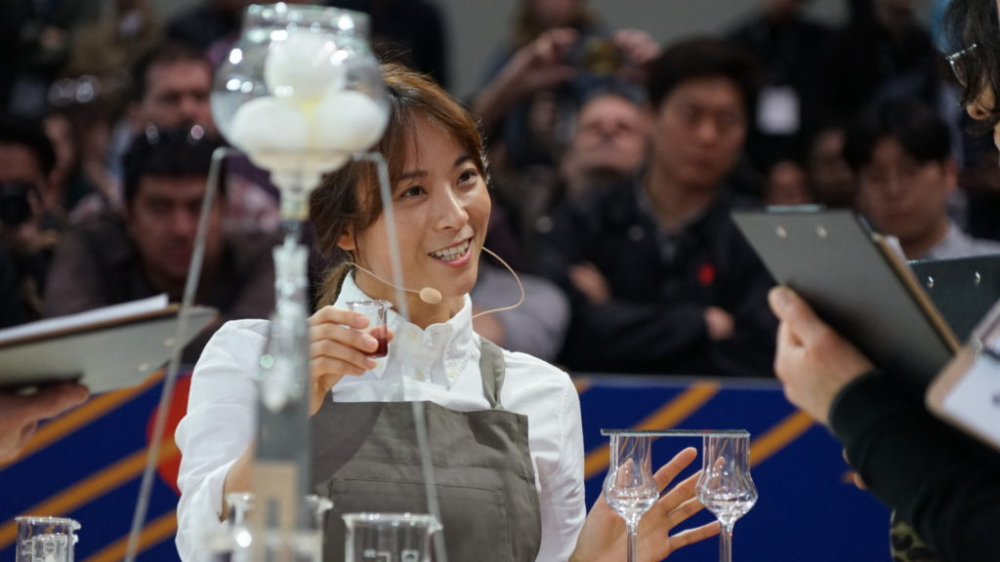
Jooyeon Jeon
The winner of last year's World Barista Competition, Anthony Douglas from Australia, also won the title for a variety of coffee beans, selected from the anaerobic fermentation batch of Columbia's dividing Line Manor (Finca El Diviso). With the victory of Anthony, the popularity of the Colombian dividing Line Manor and Hijaw continues to rise in the boutique coffee circle.

Anthony Douglas
The obscure origin of the claw, transliterated from Sidra, is also called Sydra or Bourbon Sidra (bourbon claw), which means "apple juice" or "cider" in Spanish. At present, the variety of Xi Zao is generally regarded as the hybrid offspring of Typica and Bourbon, which is often described as not only the sweetness of bourbon, but also the cleanliness of Tippon.
It is understood that Sidra is an experimental variety from a coffee breeding center set up by Nestl é in the province of Pichincha in northern Ecuador. The main task of the agency is to cross with native Ethiopian species and local iron pickups or bourbon. Later, when the operation was interrupted, many mixed-race varieties were left behind, so they were left in the field.
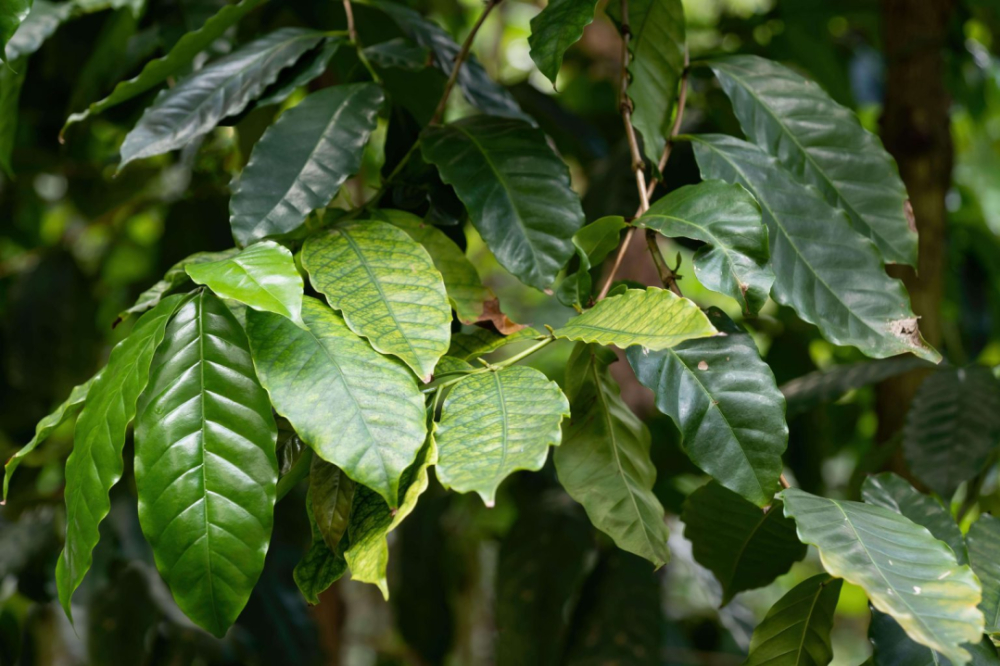
While collecting data, Qianjie looked through the fourth Wave of Fine Coffee written by Mr. Han Huaizong, which mentioned that the World Coffee Research Center WCR conducted a genetic identification of the Xizao variety, which showed that it was closer to the native species of Ethiopia.
In 2021, Dr. Shao Changping also identified the genotypes of two types of claw on the market. He found that the pointed claw did not contain the iron pickup gene and was closer to the Rosa or Essel native species mixed with other genes, while the round claw was supposed to be a hybrid of the iron pickup and the rose.
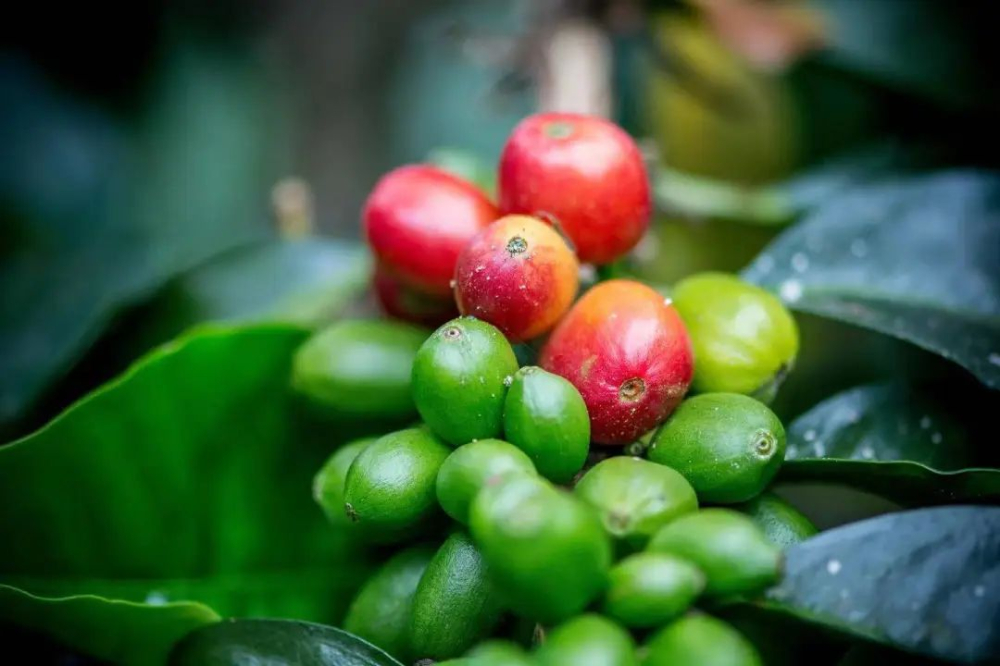
Characteristics of rare claw varieties
Although genetic tests have shown that Hijaw is genetically linked to Ethiopian coffee varieties, it is currently mainly grown in Colombia and Ecuador. Looking back on the first Ecuador Excellence Cup (COE) competition in 2021, the Greek claw variety won the 2nd, 5th, 6th, 8th, 16th, 20th and 21st places respectively. As the second major growing area at present, Colombia's claw is often used as a bean for contestants. In addition, some coffee producing areas for experimental purposes, there are also a small number of claw varieties planted on a small scale.
Coffee plants are usually distributed at an altitude of 1650 to 1800 meters above sea level and have stout trunks up to 4 meters. Planting needs proper shade and immunity to a variety of insect pests, but it is easy to be infected with leaf rust and coffee berry disease. The leaves are slender and have five petals when they bloom. The results are densely distributed, so the yield is high, the fruit is larger and more round than most Arabica varieties, and the raw beans are slender strips, similar to Rosa.
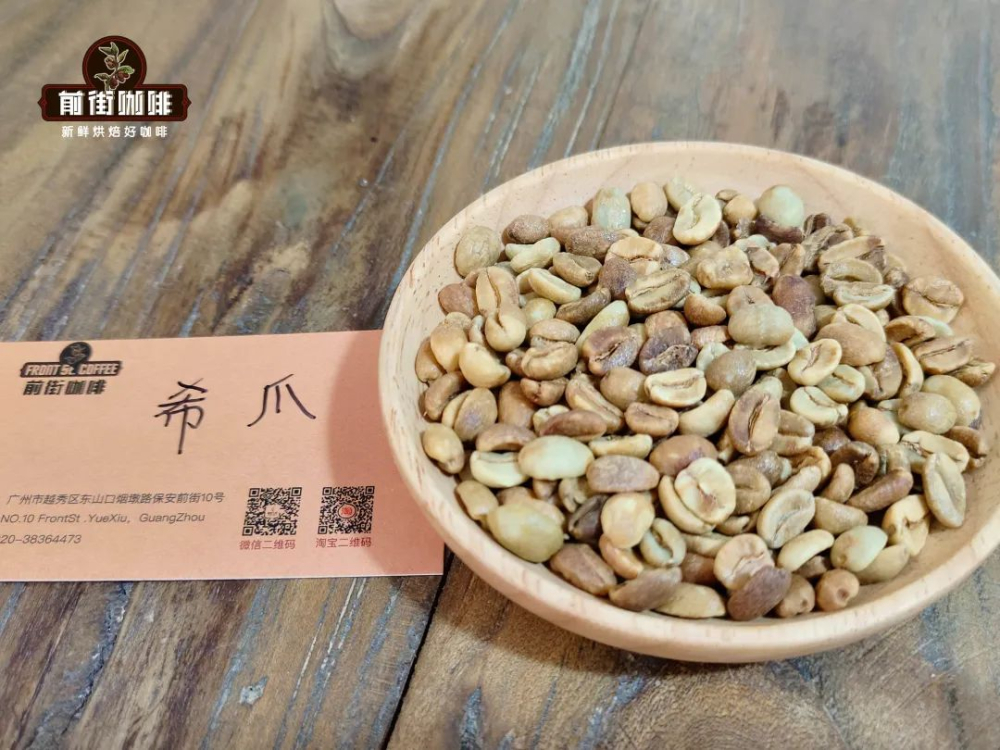
In raw bean competitions, high-quality pointed varieties, such as washing batches, are often described as brown sugar, citrus, honey and berries with delicate floral aromas. Coinciding with the impression of native Ethiopian species, Mr. Han Huaizong also mentioned in his book, "No wonder the sweetness and flower scent are very similar to Sidama (Sidamo) or Rose Summer."
How does the claw taste in the anaerobic sun?
In the current street, when the anaerobic sunbathing claw of the dividing line manor was tested, it felt the comprehensive aroma of passion fruit, citrus, grape and honey. as the temperature dropped, it tasted like bright acidity like orange juice, with a hint of cinnamon spice, and a sweet aftertaste of cocoa after swallowing.
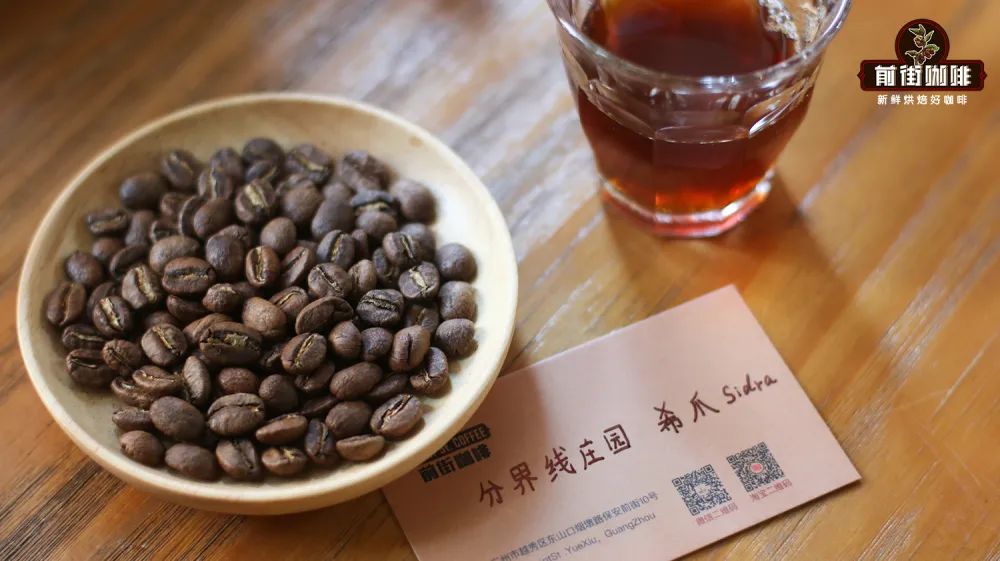
Qianjie has tried cold extraction, ice hand flushing, hot hand flushing and other methods of extraction, found that this claw coffee can always show a rich and sweet fruit flavor, accompanied by plant tone aroma, round entrance, weak bitterness.
-END-
Important Notice :
前街咖啡 FrontStreet Coffee has moved to new addredd:
FrontStreet Coffee Address: 315,Donghua East Road,GuangZhou
Tel:020 38364473
- Prev

How do you get the flower and fruit aroma of coffee? Description of aroma characteristics of coffee flowers
News flash! News flash! A year later, the coffee trees in the front street coffee shop finally blossomed again! The blooming flowers are white in color, with 5-6 petals, and the blooming shape is a bit like a windmill. Inflorescences are arranged in strings. The fragrance not only attracted bees, but also attracted baristas who came to smell it. The aroma of coffee flowers, some people say like
- Next
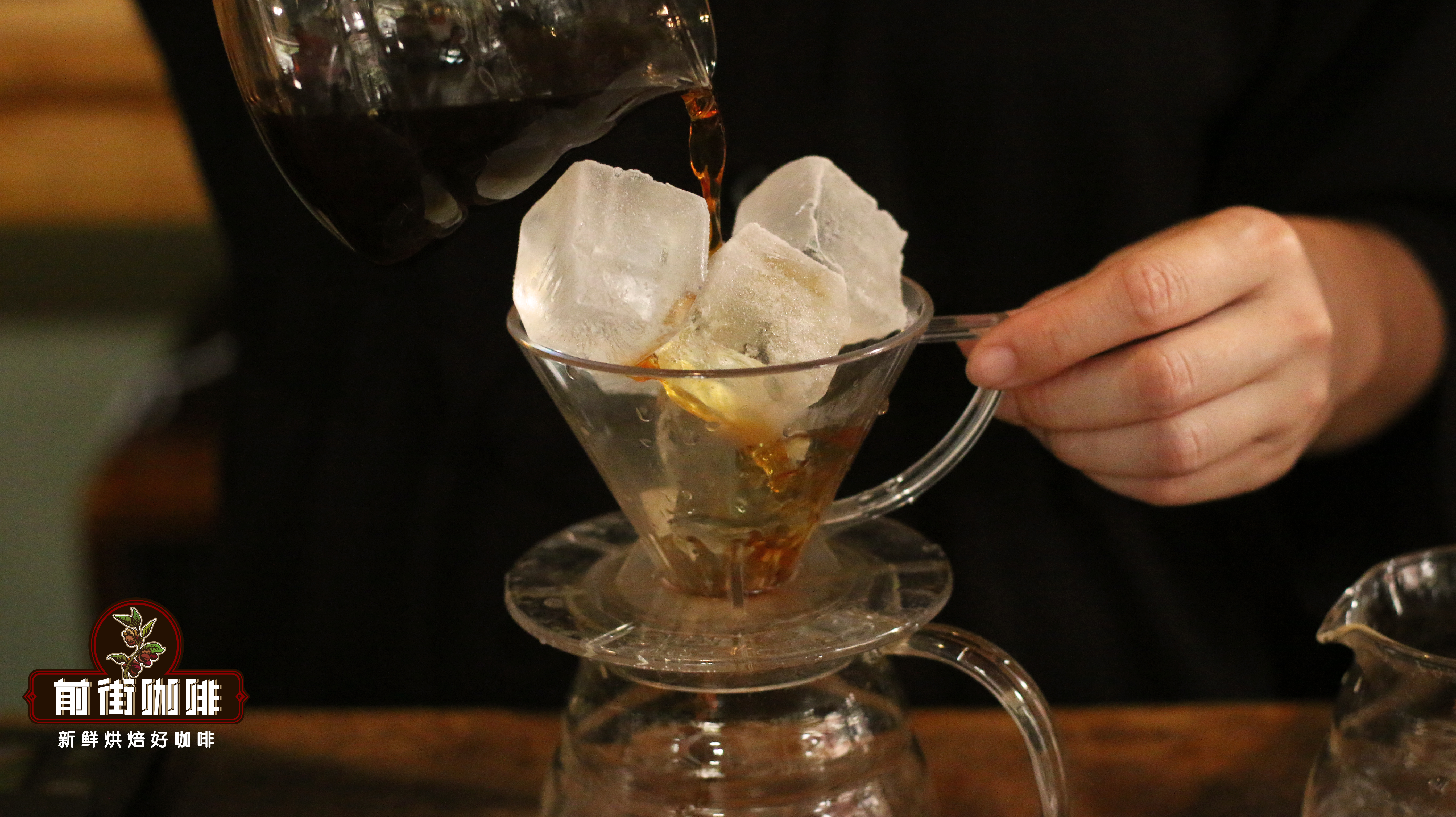
How to improve the extraction of sweetness of iced hand coffee?
Compared with hot hand flushing, ice hand flushing gets a stronger coffee liquid by reducing the ratio of powder to water, and then diluting it with ice to make up for part of the extraction rate lost by reducing the amount of water, so the grinding degree is slightly finer than that of hot hand flushing. Even though the ice hand has made an adjustment to improve the extraction rate, from the point of view of extraction, it
Related
- Beginners will see the "Coffee pull flower" guide!
- What is the difference between ice blog purified milk and ordinary milk coffee?
- Why is the Philippines the largest producer of crops in Liberia?
- For coffee extraction, should the fine powder be retained?
- How does extracted espresso fill pressed powder? How much strength does it take to press the powder?
- How to make jasmine cold extract coffee? Is the jasmine + latte good?
- Will this little toy really make the coffee taste better? How does Lily Drip affect coffee extraction?
- Will the action of slapping the filter cup also affect coffee extraction?
- What's the difference between powder-to-water ratio and powder-to-liquid ratio?
- What is the Ethiopian local species? What does it have to do with Heirloom native species?

